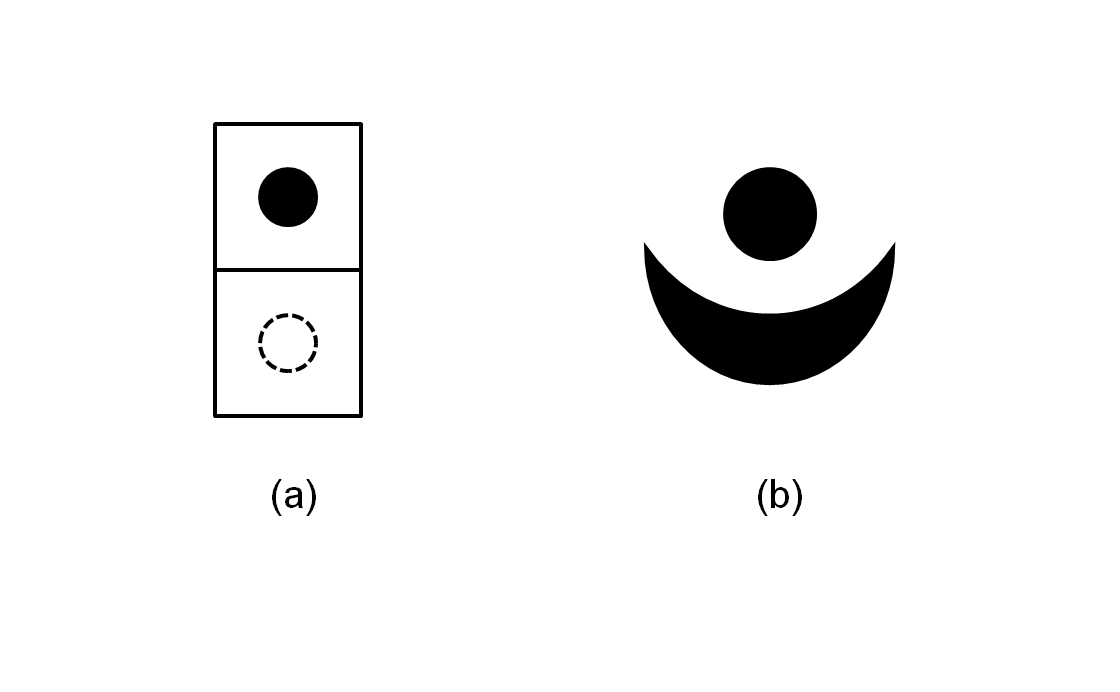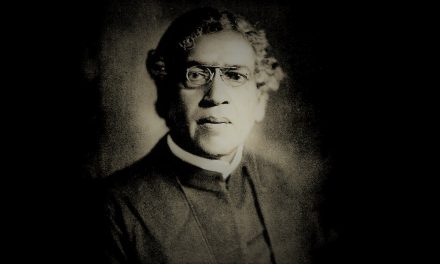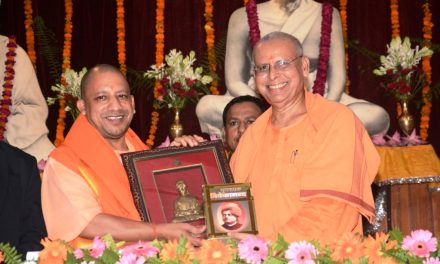The duality inherent in the Supreme Reality is idiosyncratic and paradoxical: it is contextual and yet transcendent. Advaita Vedanta speaks of the material realm as being illusory, and a manifestation of the Supreme Reality under the influence of Maya – a veil of illusion and ignorance. Seeing the disregard for the illusory (which still had its importance in the world) and based on his own spiritual experiences, Sri Ramakrishna Paramhansa developed this idea to share his Vijñāna Vedanta that says that the Supreme Reality and the apparent illusion of the world are both made of the same essence, of the same truth, and therefore have their own respective places and importance. They were both saying the same thing, just in different ways. I would like to develop this further, to incorporate an active act of discernment, awareness and understanding of these levels of reality, and to highlight what I would like to name विशिष्टविविधीकरण (Viśiṣṭvividhīkaran) or the Principle of Qualified Diversification.
One of the key problems faced by our age is one of parochialism, exclusivism and dogmatic strife. We are born into certain cultures, and our ideas and perspectives are fundamentally defined and guided by this culturing. While this is natural and not a problem in itself, it is when one becomes rigid and confined to these paradigms without the natural inclination to be accepting to other perspectives, realities and views of the Truth that it becomes problematic. When taken to extremes, this takes the form of conflict and strife. While some may say that is simply due to an illiberal take on life and ideas, I feel it is more fundamental than that. This stems from the absolute value assigned to one’s conception of reality and Truth, as an end in itself, not the Truth itself. Whether the Absolute Truth is personal or impersonal, transient or unchanging, contextual or transcendent is often the basis of convoluted debates about this. However, what helps in this regard is that each of the primary conceptions of the Truth have resonances.

The Absolute Truth is spoken of as indescribable, inconceivable and endowed with paradoxes: it is personal and impersonal, it is transient and unchanging, it is manifested and yet transcendent. It is the basis of all there is, in the Universe, and is the Ultimate Reality that is beyond space, time and causation. The greatness of this Truth is that does not rely on belief. This Truth is as accessible as any reality, through sustained spiritual pursuits.
We have, however, often been fixated on the manifested nuances of this Truth rather than its essence. For the Zoroastrians, the worship of the sacred fire is seen as the path to the Truth, while Jews place an emphasis on the Torah. The Taoists focus on the Tao, the Buddhists on the more utilitarian path of battling the causes of Dukkha (sorrow). The Christians continue the traditions of the Jews with the additional message of universal brotherhood and grace of Jesus Christ, while the Muslims developed the Judaistic and Christian traditions with the teachings and values shared by Prophet Muhammad PBUH. Sanatan Dharma has been a coming together of disparate manifestations and paths to the Truth, with various sects and traditions over the millennia. In all these religions and traditions, the preeminence of some ideas, contextualized aspects and cultural addenda has been seen. Jews and Christians have highlighted the special place of Israel (with everyone from Abraham to Moses and Christ having an important link to the geographical region), while the Muslims have safe-kept some inherently Arabic cultural elements (including the Arabic term for God – Allah), and the Dharmic traditions that of the Indian subcontinent (with everyone from Sri Ram and Sri Krishna to Sri Parshuram and Sri Chaitanya Mahaprabhu being associated with inherently Indian cultural elements and ideas).
This is an opportunity rather than a challenge.
The disparate manifestations of the Absolute Truth are complementary, if one can see the place of binaries and dualities in the manifested world. To explain this easily, let me take the example of a war, where both sides fight, with their unique idea and conception of why they are fighting, with their own perspective on the Truth. One may ask: which is the correct Truth? Neither and both! Both, due to each being a manifestation of the Truth, and neither, since the Absolute Truth transcends the contextual and the cultural of either conception. The manifested world is defined by the play of these binaries and dualities and multiplicities: the spontaneous breaking of unity, symmetry and balance is the very basis of creation of new entities in the Universe, from the creation of elementary particles (along with anti-particles) from the Quantum Vacuum to the fission of unicellular organism to create the next-generation of these organisms. But if we can realize this fundamental point that sides of this (be it the particle or the anti-particle, one or the other organism created at the moment of reproduction, or for that matter, one or the other socio-political or cultural system that one may be born into) are in essence arising from the same Unity, we must not obsess with one side of the Truth only.

And this is what the idea of Qualified Diversification is about: we must actively respect and consider the diversity based on identities and/or ideologies, and yet one must understand that this diversity is not an end in itself. This diversity is itself a manifestation of the same Truth of life and the Supreme Reality. At the end of the day, this Principle of Qualified Diversification is very important, and the true reflection of the Truth, besides being a long-lasting basis for unity, harmony, secularism, tolerance and acceptance. In Figure 1 (a), one can see the illustration of this idea: one can consider any conception or attribution or derivation of the Absolute Truth as the lower realm while the Absolute Truth, which is beyond conception, attribution or characterization, is always above that. The Chandrabindu, shown in Figure 1 (b), symbolises this beautifully – the manifested, representated by the Chandra (curve or crescent), is infused by and yet transcended by the Bindu (dot) that represents the Absolute Truth.
I humbly submit this formulation, arising out of meditation, and hope this can be actively considered and followed in life, by all and sundry, to stand for a truly universalist perspective on the Absolute Truth.
????
















